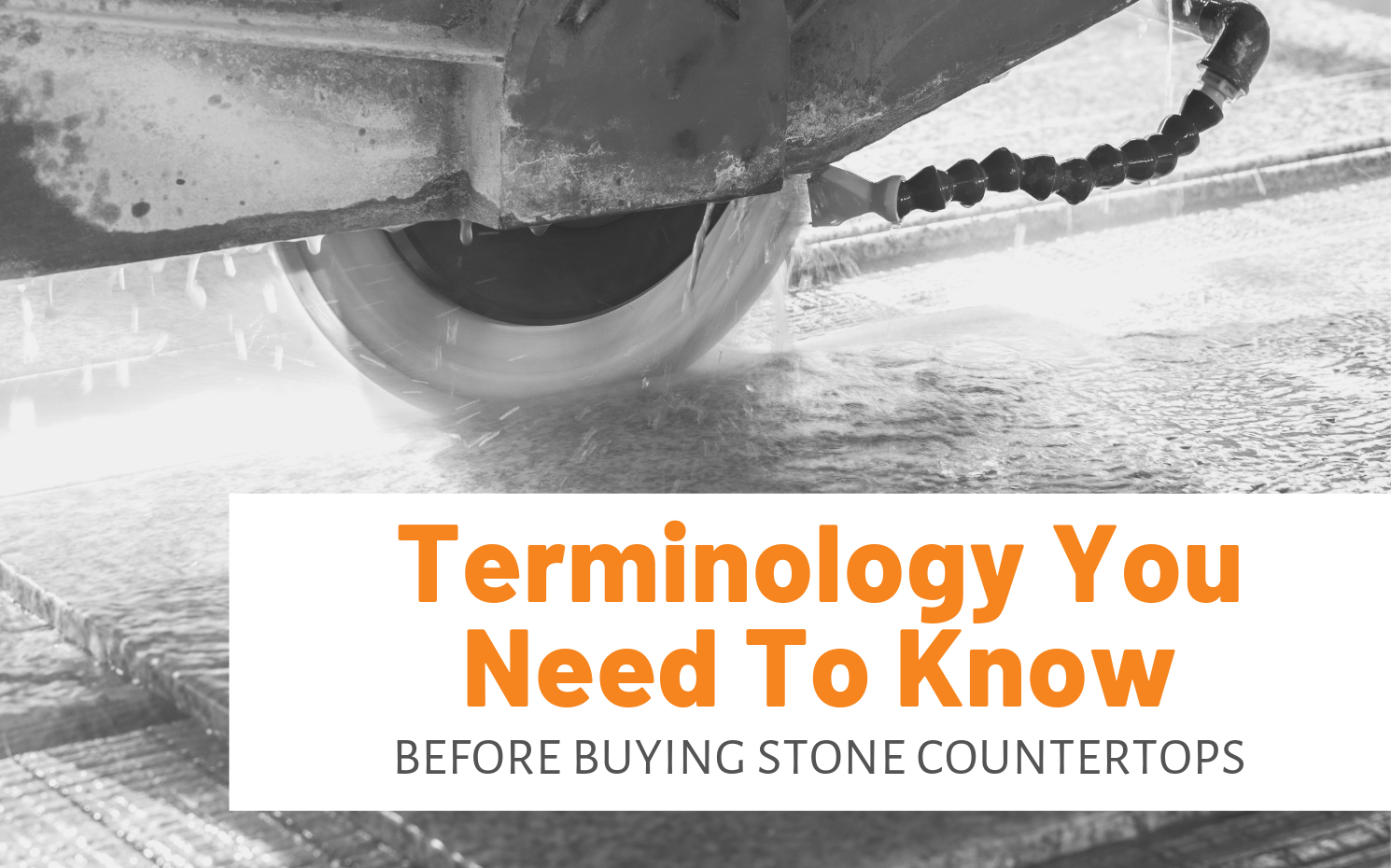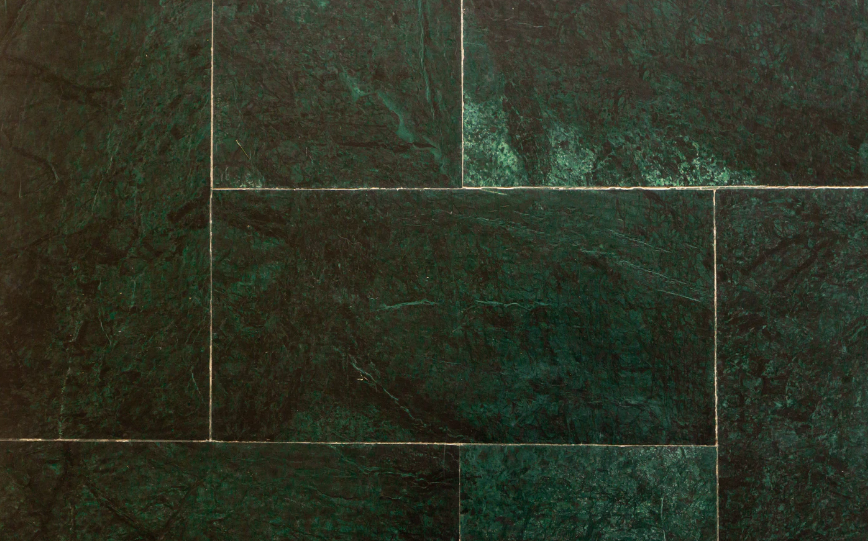You’re about to have new stone countertops installed. Naturally, you’re excited at the beauty and sophistication they’ll add to your home, office, restaurant, hotel, or any other commercial or residential location. But, it’s new territory, and you may feel like there are a ton of new concepts that you don’t know anything about. No problem—today we bring you an easy and quick introduction to stone countertop terminology.

Backsplash
A backsplash is often placed on the wall above your countertop. While you may opt for a stone backsplash made of the same material as your countertop, you don’t have to. Some beautiful kitchens use tile above a stone countertop. However, if you do opt for a stone backsplash, you’ll have different options for height. For instance, some could be a few inches, others may extend the whole wall space between the counter and the cupboards above.
Edge profile
This describes the way the edges of your stone slab are shaped. Some stones are mostly squared-off at the edges while some are rounded. Others have a decorative edge, and some even have a rough edge that is intentionally uneven (a style that might look great in a rustic log cabin, for example). Generally, the choice of edge profile will be up to you. The Marble Institue of America’s useful table of countertop edge profiles will help you visualize the different options.
Finish
You may be able to choose among different options for the appearance of your stone’s surface. Possible finishes include polished and matte (or honed). Polished will likely give you a more shiny appearance than matte would.
Grain
You may have noticed that many natural stones have different colors within the slab—including what looks like chunks of different-colored stone. The Marble Insitute of America calls grain “A general or descriptive term used to describe the relative size of crystalline rock components, as in ‘fine-grained’ and ‘course-grained.’”

While that sounds technical, you don’t have to be quite so verbose when describing what you want to your stone specialist. If you already have an idea of the size and/or color of grain you’d like your countertop to have, do your own research and discuss it with your stone specialist.
Level
This refers to the state of the cabinets that your stone slab will be placed on. If your cabinet tops reach different heights, they’re not level and your slab won’t be evenly supported at all necessary points. This could create pressure on certain parts of the slab and lead to cracking
Mohs scale
This is a measurement scale that rates minerals by hardness. Some stones are naturally more soft or hard than others. So a stone that’s a 3 on the Mohs scale (think of some marbles) would be a softer stone than one that’s a 6 on the Mohs scale (some granite, for instance).
Why does this matter? Softer stones may be more easily scratched or damaged than harder ones. Knowing about stone hardness will help you select a stone that’s right for your environment. One stone might be great for a low-traffic, gentle use bathroom vanity area while another might be great for a high-traffic constant use restaurant environment.
Porosity
Think of a natural stone’s porosity as how prone it is to absorb materials that contact its surface. A stone that is more porous may be more susceptible to staining.
Sealing
Sealing is coating a stone’s surface with a protective liquid. Some stones require annual sealing as part of regular stone maintenance. Sealing can help keep your stone in good condition. We recommend that you check your stone manufacturer’s instructions for how often to seal your stone and any other care instructions. And you can check with your stone specialist for their stone care recommendations. If you’ve chosen quartz, it may not require sealing.
Seam
A seam occurs in a place where two stone slabs meet. When it’s necessary for multiple pieces of stone to be used instead of a single solid slab, the pieces may be placed together and joined with epoxy. Sometimes, you’ll find a seam around your sink area. Other times, it may be somewhere else. It’s a good idea to check with your installer about where to expect seams, how many there will be, and how large you can expect them to be.
Veining
When a slab has a line or stream of a different color within it, we can call that veining. You can see this in marble, for instance.

Stone countertop options for every home & business
As your stone countertop knowledge base grows, we hope you’re feeling more equipped to tackle the decisions ahead of you. If you’re wondering which type of stone is right for you, then take a look at 4 Different Types Of Kitchen Countertops | Pros And Cons.

Recent Comments